Hello All,
Its been a while since my last blog post but today I have decided to talk about a common presentation that has some controversial and confusing evidence in its current available treatments.
The Upper Traps

Now when I went to University there was a picture painted for me that some clients would present to you in the private practice setting with the presentation of rounded shoulders/ forward flexed neck/ sedentary desk occupation and maybe complaining of neck pain/ headaches/ shoulder pain/ upper back pain. The driver of this type of pain was believed to be their poorly promoted forward flexed posture. I do see these group of people commonly. I would even argue that some other symptoms such as RSI and neural tension related complaints also can stem from this same presenting, observable posture / lifestyle.
My concern isn’t with therapists picking up these signs of “poor posture”. These patients should be generally described under the umbrella of postural related pain. It’s our understanding of WHY it causes us pain and HOW we treat it that bothers me.
“Over active upper traps”
Is the common phrase taught and used by therapists today. We educate our patients that due to sitting at their desks all day hunched over, staring at their computer screens that their upper traps are “over exhausted” and “over active” causing hyper- irritability of the muscle and secondary headaches/ back pain, so on…
Therapists are educated in approaching this by adjusting ergonomics to change load, postural related strength exercises, stretch the hyper-active upper traps and beat the hell out of them with massage. We were also taught to prescribe lower traps specific exercises trying to turn “off” their upper traps. This theory is taught to therapists via plenty of EMG based studies showing ” hyper-activity” of the upper traps in these people and so is supposably evidence based supported in its theory. BUT there are holes in this theory. There is that much cross-talking between EMG readings that these studies may not be as relevant or as accurate as what we presume them to be. Plus what’s wrong with the upper traps being so active … who’s to say that’s not part of it’s job. If you know your anatomy you would know the upper traps have a huge role in distributing weight from the neck and shoulder into the sternum.
I believe in a more recent theory which also now has evidence supporting it as a treatment option ( without the misleading, EMG readings). Adam meakins wrote a blog about this called the “mis-understood traps” which you can read Here and even a second one of which with more evidence and support years later Here
Now Meakins would argue that we cant blame posture for this also. In his defence their current evidence states we cannot conclusively blame posture for pain . It is natural variation between people and there is no “norm”
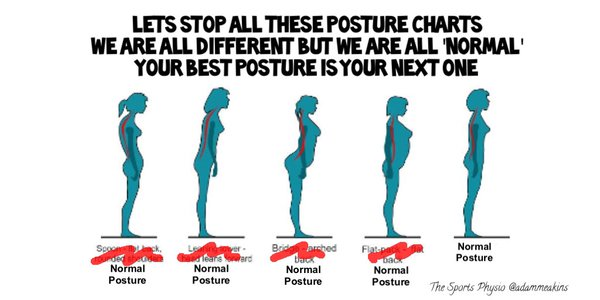
I BELEIVE however that it does have a part to play. I believe placing any structure under emense load for a prolonged period can cause aggravation and hyper-irritability. Due to length tension relationships and the traps being under more compression due to protracted / internally rotated shoulders this MAY contribute to the excessive load on the traps. However, this does not mean its a major area to address or needs to be addressed because there is no evidence to support this and changing posture is no easy feat, your body adapts to what is constantly placed upon it. SO if you sit at a desk all day which has promoted or adapted your posture to suit than it will take ALOT of repetitions and work to change this considering you still have that same constant load of sitting in front of the computer everyday and that’s if you can even change it at all.
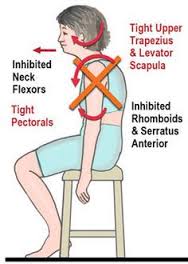
Current day treatment from majority of therapists are still massaging and grinding these poor overloaded traps and trying to get people to “turn them off” . However, if more recently theories are correct this is unnessasary torture for your patient and may cause temporary relief but for no gains.
Now if we take the concept that these traps are overloaded causing pain, just like a tendinopathy why don’t we LOAD it!
By listening to more experienced physios and keeping up with as much evidence as possible I have adapted this into my treatment of these presenting patients and gotten good results despite the EMG studies stating this should be the opposite. Someone with cervico-genic headaches, painful traps, shoulder pathology, neck related issues, I nearly always consider the upper traps and its contribution to that specific client.
Changing the length-tension overload (posture / endurance of sitting or what ever necessary) and adding strengthening to the traps instead of beating them or frustrating a patient to hell by telling them to turn them off I find is a much more efficient and understandable approach.
Some good upper trap strengthing exercises include:
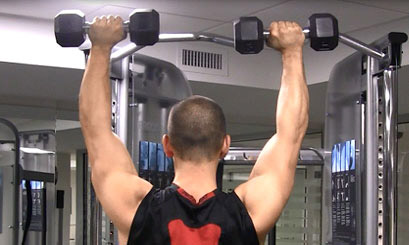
1- OVERHEAD SHRUGS – Holding weight above your head, try and hold in a “w” formation with your elbows slightly bent and your hands facing towards you ( unlike the picture shown) and leave your arms where they are as you lift your shoulder to your ear. Repeat this for 3 sets till failure for a real burn.
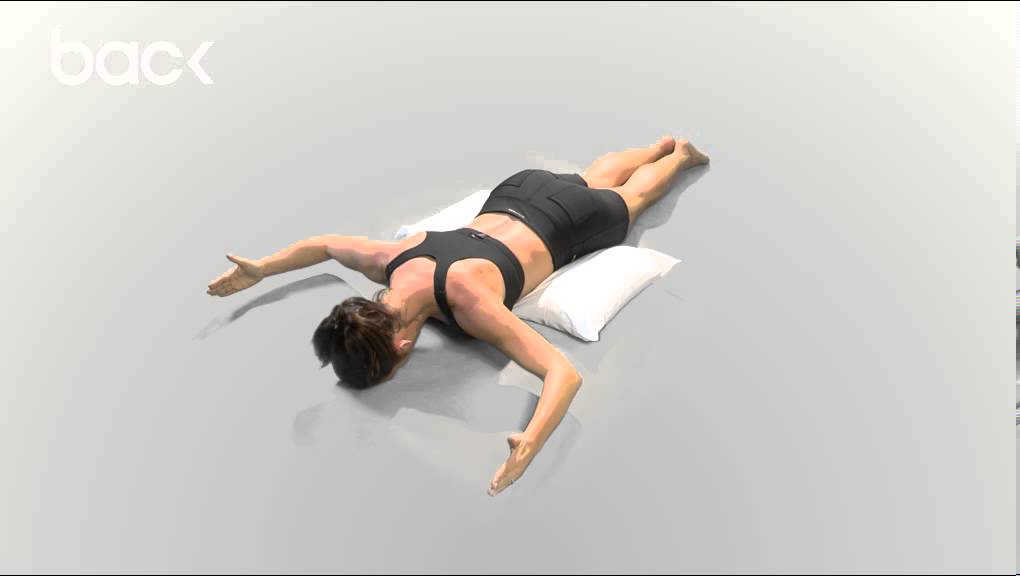
2- Prone W- Laying face down again with your arms in a W formation looking from above, keep your thumbs facing up and pick both your arms up squeezing your scapulas back. AS you do this pick your head up whilst you tuck your chin in, holding a straight line through your neck down your back. Hold this for 3-5 seconds. Not only will this activate your upper traps in a isometric hold but it is also a positive postural related exercise. Repeat 20 reps, 3 sets to really test yourself.
There is a couple of ways to get started for those looking to cut out the hocus pocus and concentrate on pure functional strengthening.
Conclusion
All in all I’m positive judging by what I hear and read that most therapists are still addressing traps by this older “theory”. I believe this not only creates distrust in patients when I see them and have to discuss this, but it can also create a RELIANCE and EXPECTATION of our profession to massage their poor traps for years to come as if its some sort of maintanance job. Unwinding these pre-conceived concepts in our patients and making them more independent and confident in their body is the start to addressing the new world of physio where we may start to get more promising results.
SO there you have it, go smash them traps with some load, not your hands….
Until next time,
Keep moving.
Dale Hardes
This is awesome Dale!!!!